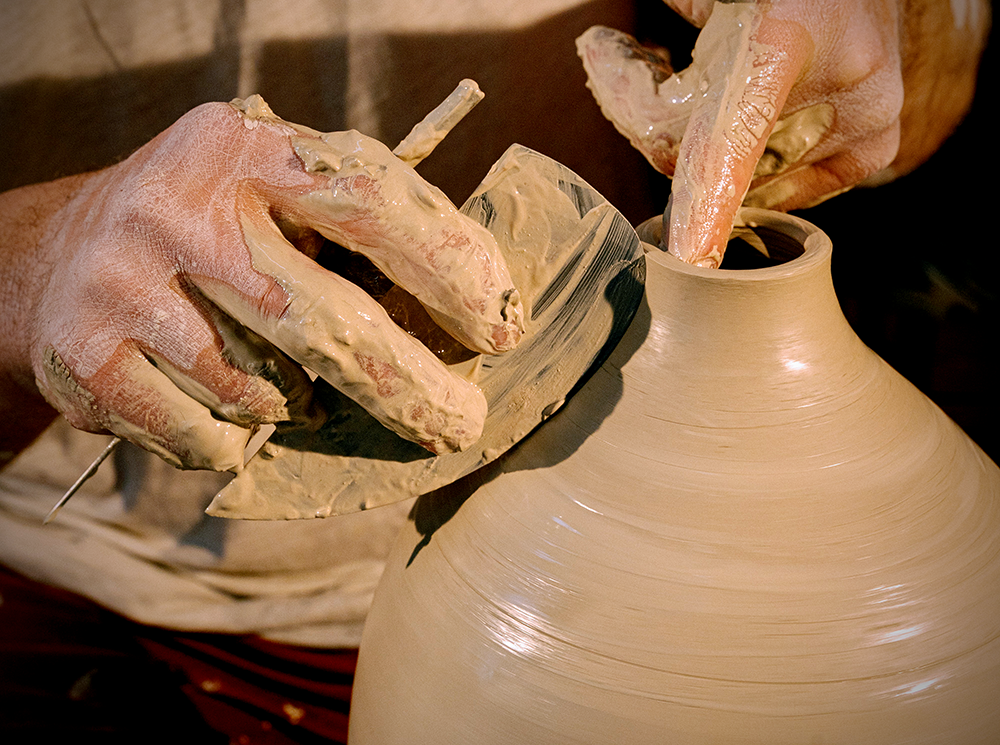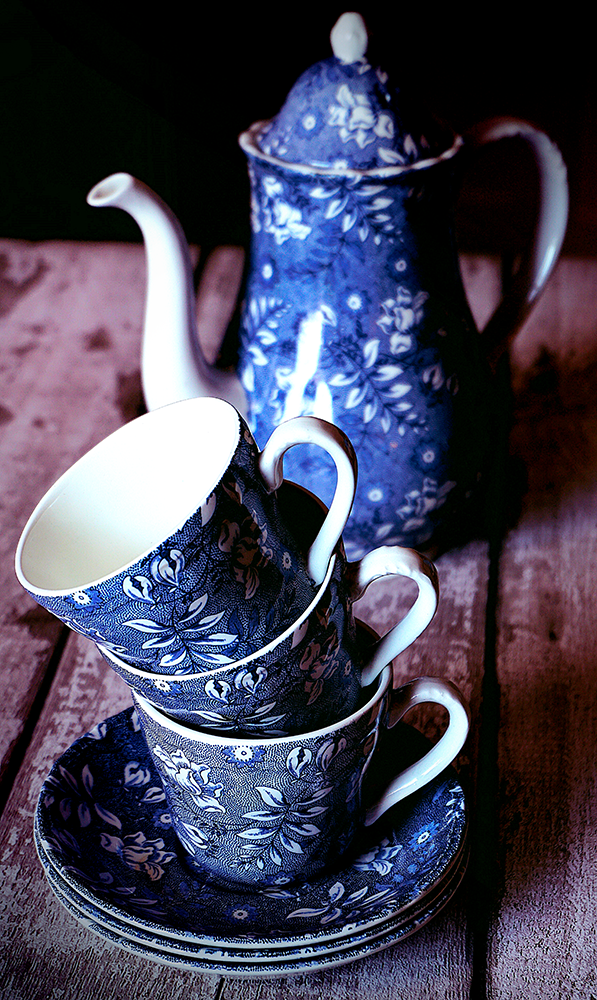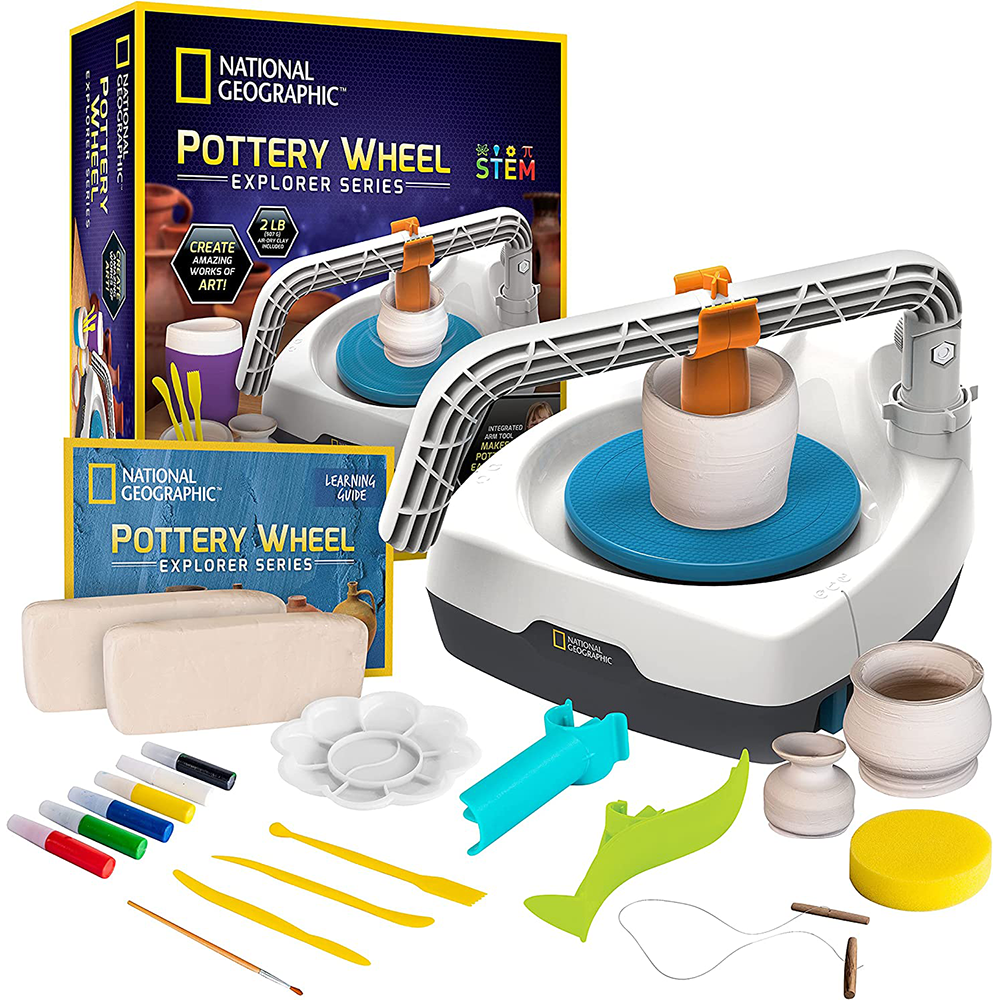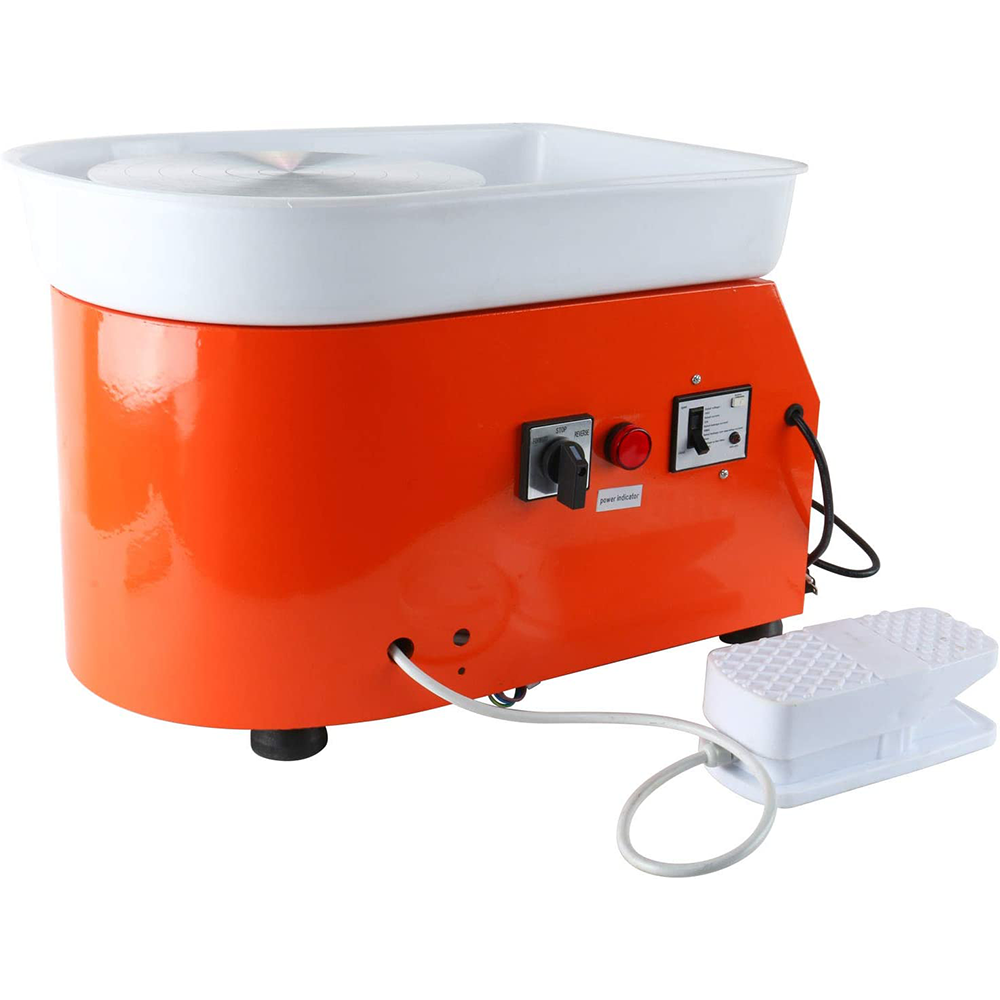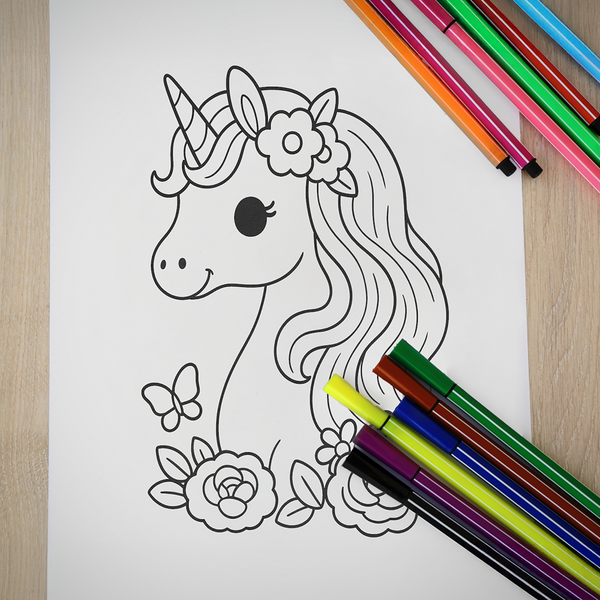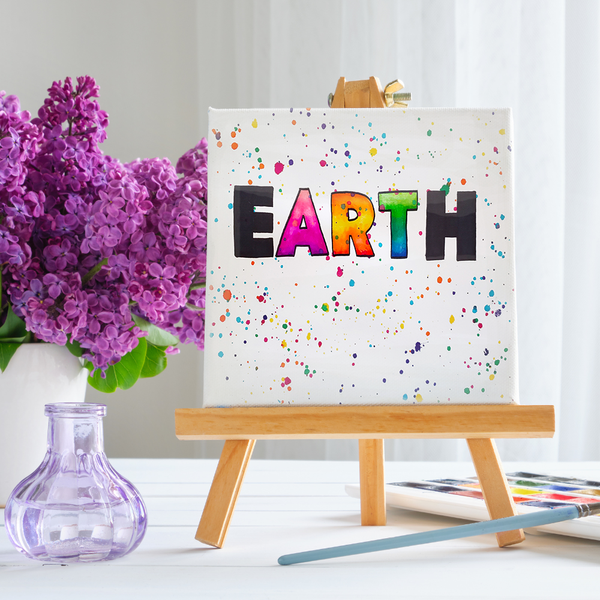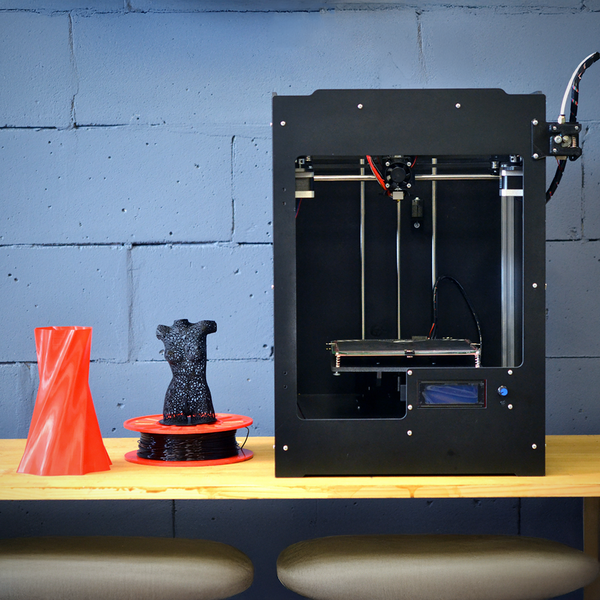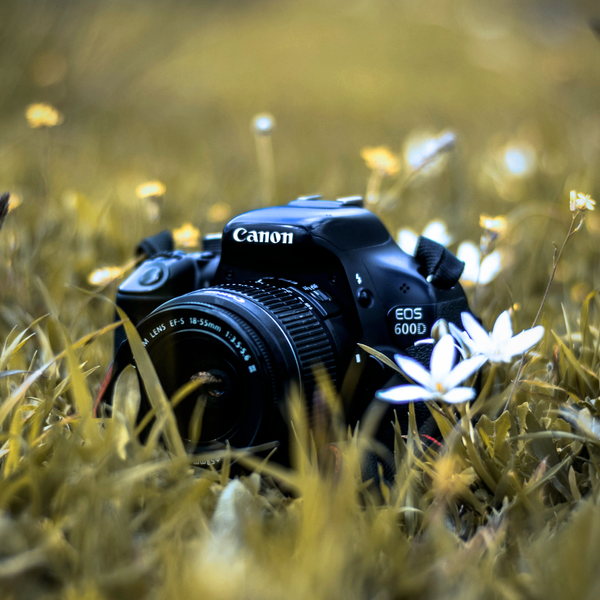Are you looking for a new way to delve into your creativity?
Pottery is an ancient art form that can be enjoyed by people of all ages and skill levels.
It's a great way to express yourself and create beautiful pieces that will be treasured for years to come.
Not sure which pottery wheel is right for you?
We've got you covered.
In this article we'll take a closer look at some of the best pottery wheels available today, so you can find the one just right for you.
Keep reading to find the perfect pottery wheel for your art needs!
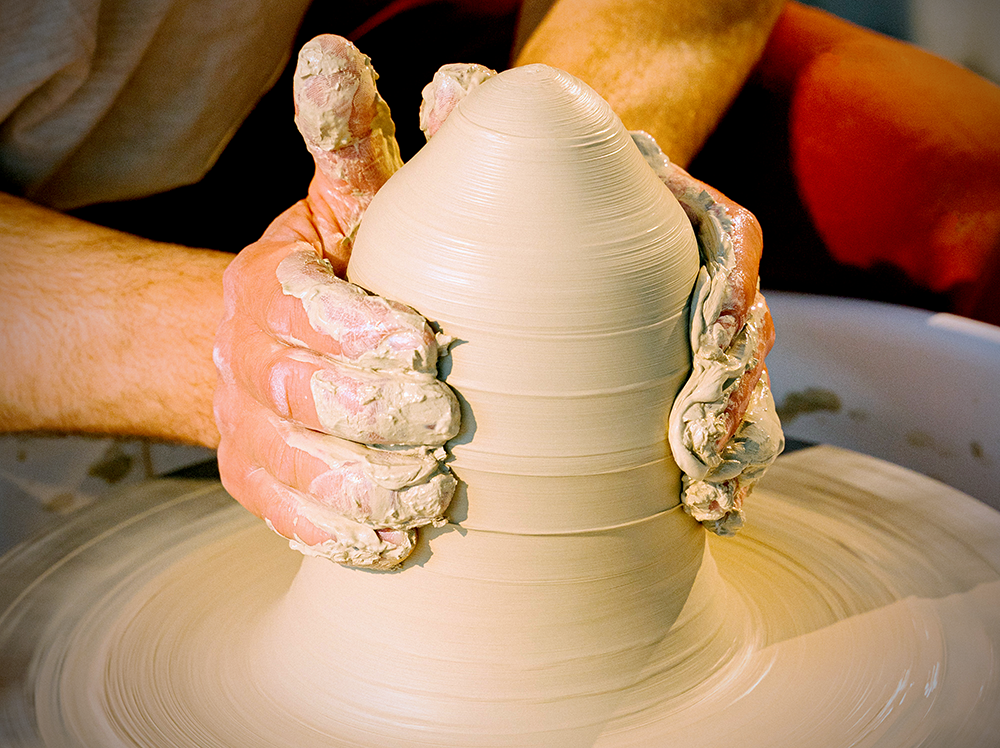
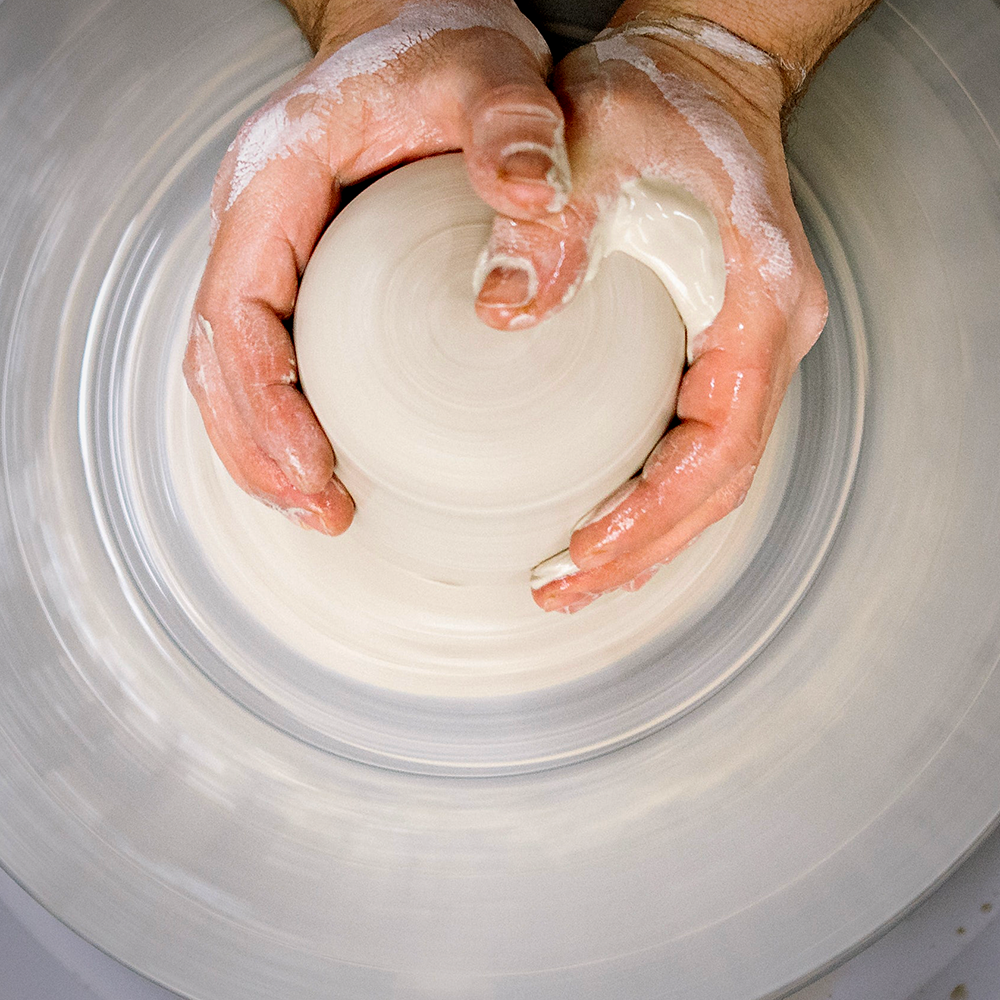
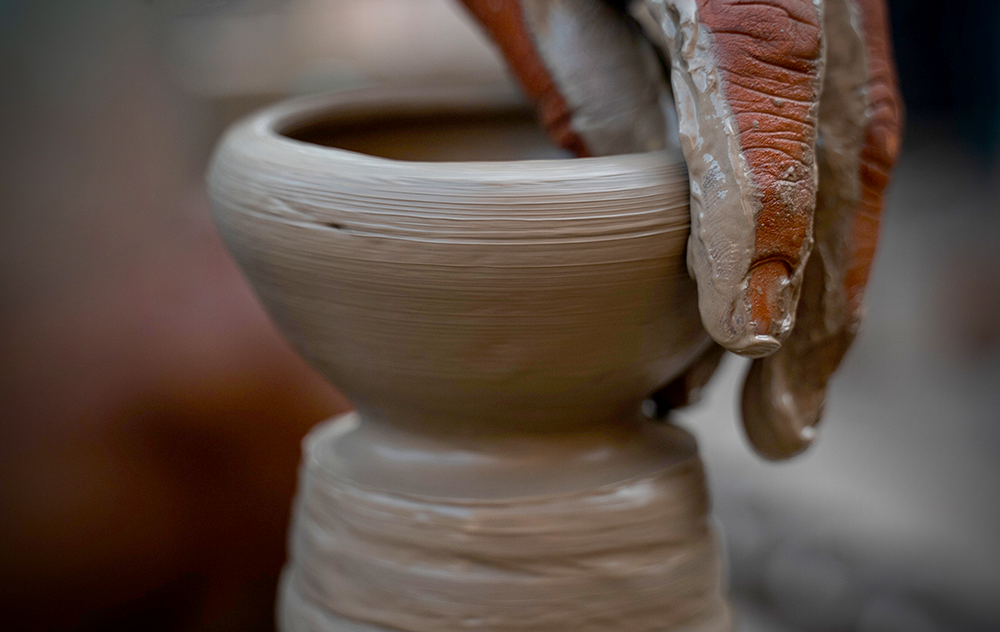
How We Choose Our Selections
It can be hard to know where to start when selecting a pottery wheel.
You might not even know what you're looking for!
It's no secret that pottery wheels are amazing tools for artists, students, and hobbyists of all levels of experience.
But with so many different brands and models available, it can be tough to figure out which one is right for you.
Electric pottery wheels that come with foot pedals, a great wheel speed, and a removable splash pan are a great idea.
We've done the hard work for you and read through thousands of reviews on Amazon to find the best pottery wheels.
Whether you're an experienced artist looking for the best electric pottery wheel or a beginner just starting out and wanting a mini pottery wheel, we've got you covered.
Don't be intimidated and take your new pottery wheel for a spin!
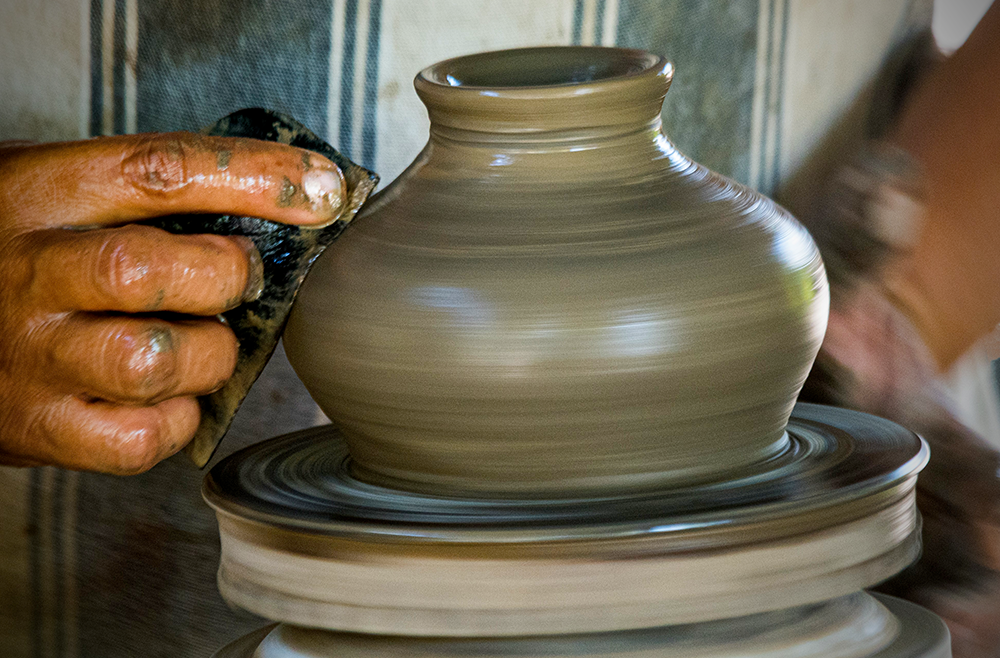
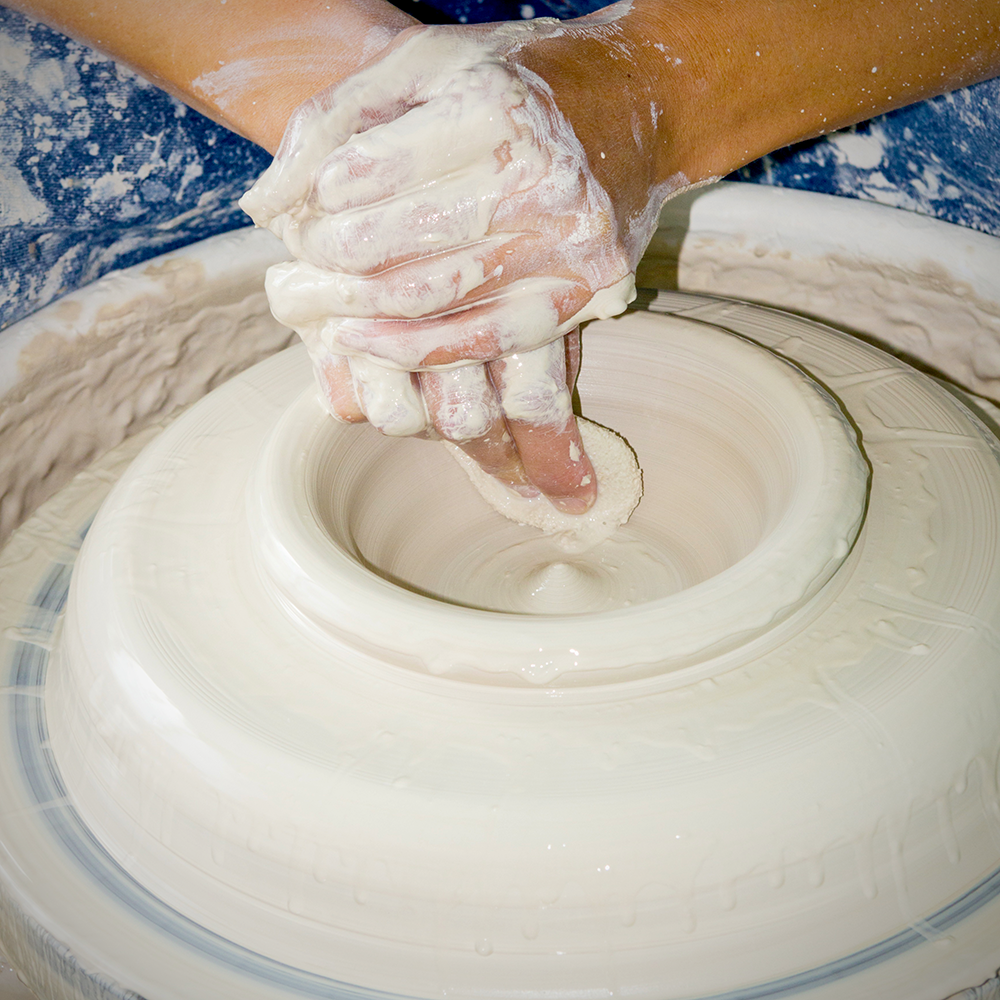

Why We Love It
Looking to explore your creative side?
National Geographic has the perfect pottery wheel for beginners!
This all-inclusive ceramic set comes with everything you need to start making beautiful pottery, including a pottery wheel, 2 pounds of clay, sculpting tools, paint, and apron.
National Geographic Kids' electric pottery wheel is specifically designed for beginners of any age, and features integrated arm tools to help with centering, opening, and shaping the clay.
Plus, the integrated arm tools make it easy to get started, allowing you to center, open, and shape the clay easily along and let your creativity flow!
With this wheel kit, you’ll be able to make beautiful pieces that are perfect for display or use.
Why wait?
Get started today and see what you can create!
What You Should Know
Pottery is a hands-on activity that is therapeutic and satisfying.
With the right tools and some practice, pottery can be an enjoyable hobby for people of all ages.
National Geographic's pottery wheel comes with detailed, kid-friendly instructions to get you started and all the necessary tools to get started.
They even include video lessons and an illustrated learning guide.
The included lessons cover the history and science of pottery, as well as how to use the wheel.
The potter's wheel is a essential tool for anyone interested in making pottery.
It allows you to create pieces that are evenly shaped and rotationally symmetrical.
National Geographic's pottery kit is a great way to get started in this fun and rewarding hobby with air dry clay.
National Geographic is committed to providing high-quality education, and it shows in their pottery kit.
Why We Love It
Mophorn's pottery wheel is perfect for the budding ceramicist.
The wheel is made of sturdy construction and the plate has a diameter of 9.8 inches.
The foot pedal allows for a hands-free experience while the wheel quietly rotates clockwise or counterclockwise.
Mophorn also provides a set of shaping tools and a removable splash pan for easy cleaning.
Start your ceramics journey today with the Mophorn wheel!
What You Should Know
Mophorn's pottery wheel is a great addition to your studio, home, or school classroom!
With its compact structure and high-quality, optimized brushless motor, this potter's wheel can reach speeds up to 300 rpm.
You can use this great pottery wheel for all of your artistic projects, whether beginner, hobbyist, or professional ceramist.
Bring out your inner artist and add the Mophorn wheel to your creative arsenal today!
Why We Love It
Although it might not be huge, the Skytou pottery wheel is powerful and perfect for anyone who loves shaping clay.
With a wheel head plate diameter of 9.8 inches, this potter's wheel is compact and easy to store, but it doesn't sacrifice power or performance.
It comes with a set of shaping tools and a removable splash pan for easy cleaning, so you can keep your workspace neat and tidy.
Why not give the Skytou pottery wheel a try today?
What You Should Know
Skytou's pottery wheel is a great addition to any pottery studio.
It comes with an advanced, high-quality, powerful motor for speeds of 0-300 rpm.
This pottery wheel rotates smoothly, clockwise or counterclockwise, with low noise.
These pottery wheels are great for beginners, enthusiasts, or professionals for use in the studio, at school, or at home.
With high quality and low noise operation, it is the perfect choice for any pottery studio.
What are you waiting for?
Get your pottery wheel today and start spinning some clay!
Why We Love It
Want an electric wheel that's compact, low noise, and easy to use?
Look no further than the YaeTek pottery wheel!
With adjustable speed and direction, this wheel is perfect for anyone just starting out in pottery.
The 9.84 inch diameter wheel head plate provides plenty of space for your creations, and the foot pedal makes it easy to control the wheel head speed and rotation.
Whether you're a beginner or a pro, the YaeTek wheel is perfect for anyone who wants to get creative with clay!
What You Should Know
The YaeTek pottery wheel is a great addition to any studio or creative workspace.
It's perfect for beginners and experienced artists alike, and comes with a 30-day return policy.
The pottery wheel is easy to clean and runs smoothly, making it a great choice for pottery professionals, ceramic classes, pottery shops, home hobbies, children's pottery lessons, and more.
With three-wire access leakage protection, this wheel is safe, sturdy, and reliable.
If you're looking for a wheel that is easy to use and provides a smooth, consistent pottery experience, the YaeTek pottery wheel is the perfect choice for you!
Why We Love It
The Junior Pottery Studio wheel is the perfect way to get your kids introduced to ceramics and clay!
With this easy-to-use wheel, they can create bowls, plates, vases, cups, and all sorts of decorations with ease.
Since it's powered by a standard AC adapter (included), there's no limit to how long they can play and create.
It even comes with a foot pedal for increased control.
Plus, all the essential tools are included: 1 pound of clay, 3 sculpting tools, a pottery-removing tool, a sponge, a spray bottle, 6 color vials, 2 paint brushes, and a color palette.
Whether you're looking for a new hobby for your kids or a fun activity for a rainy day, the Junior Pottery Studio pottery wheel is sure to please!
What You Should Know
This Dan & Darci Pottery Studio pottery wheel is a great gift for anyone who loves to be creative.
It's easy to use and comes with a 100% satisfaction guarantee, so you can be sure they'll love it.
The pottery wheel is double reinforced for maximum performance and the foot pedal is pressure sensitive for easy, hands-free operation.
It even comes with easy-to-follow instructions and guides to make it simple for children to create ceramic pieces.
While it's easy to use and cleans up easily, the more you practice, the better your skills and end pieces become.
Give the gift of creativity today with this pottery wheel.
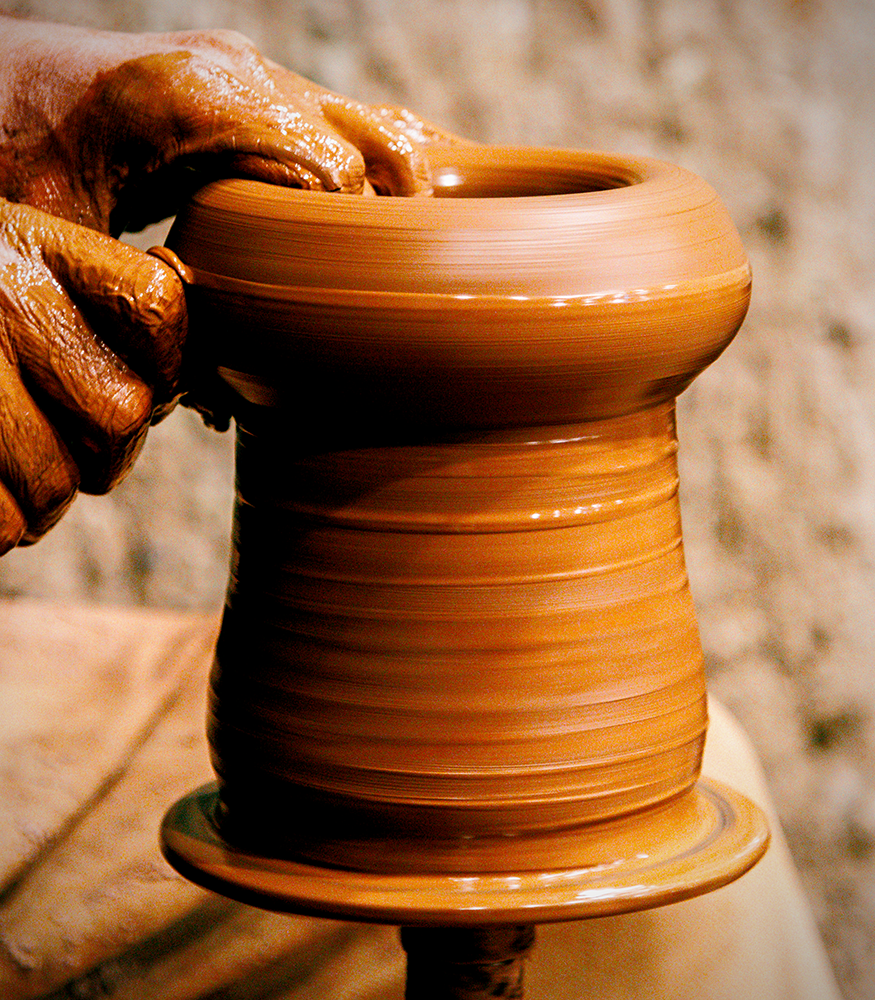
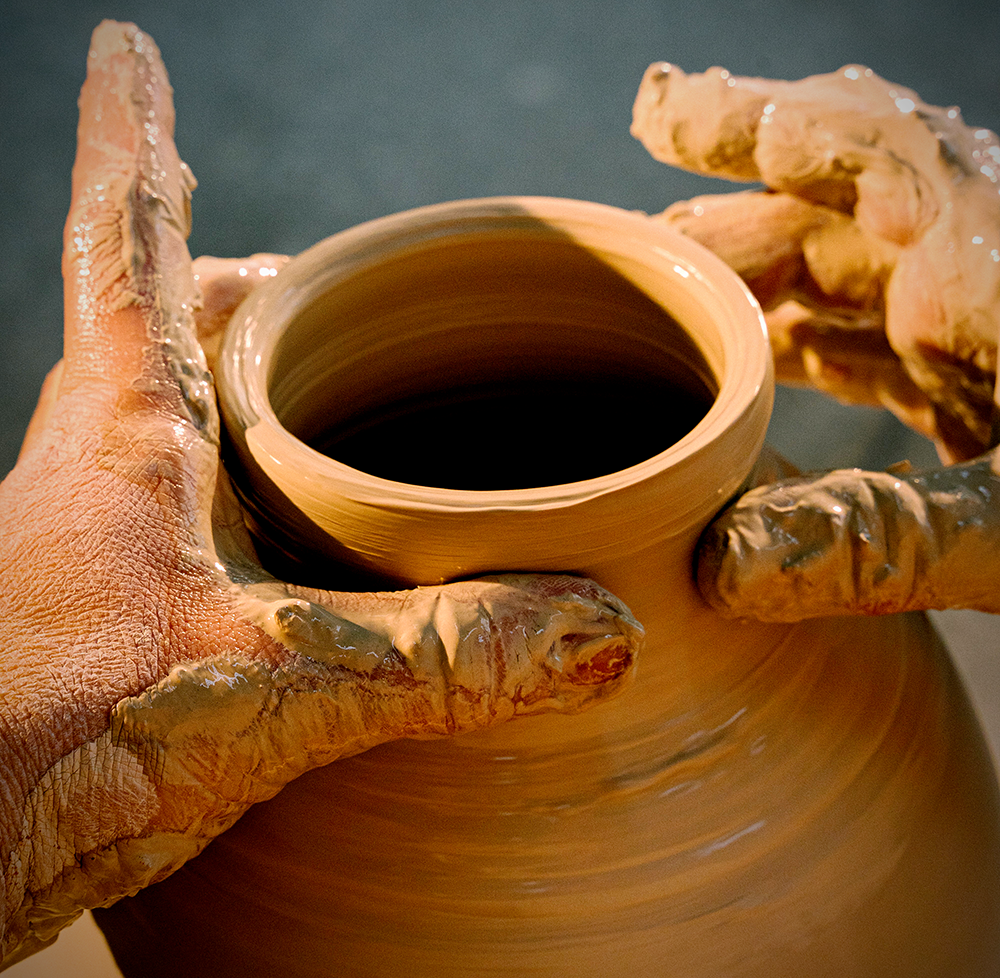
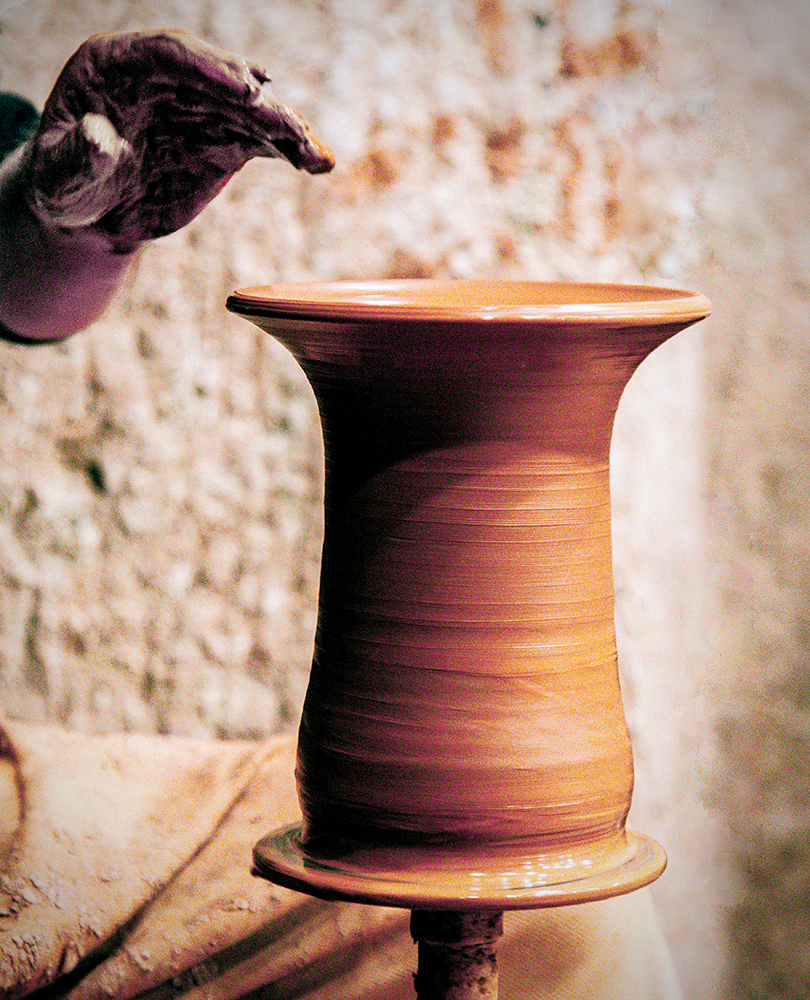
Pottery FAQs
Finding the right tools and resources for your creative workspace can be an overwhelming process.
There are countless options, making it difficult to know where to begin.
You have to sort through endless choices and can get lost in the process.
You want to pick up pottery and get the perfect pottery wheel for your space, but which is the best fit?
We've compiled a list of some of the most frequently asked questions about pottery, so you can make an informed decision before purchasing your new wheel.
Whether you're looking to expand your art supplies or give the perfect gift, this guide will leave you feeling confident, so you and your loved ones can start embracing your creativity today.
Can you learn pottery by yourself?
Pottery is a craft that can be learned by oneself, but it can be tricky to master.
Your best bet in learning pottery is to find a pottery class in your area.
There are many schools and community centers that offer pottery classes.
You can also find classes online or tutorial videos.
The next step is to purchase some basic pottery supplies.
You will need a work surface, a wheel, pounds of clay, tools, and glaze.
Once you have the supplies, it's time to start creating!
It may take some time before you get the hang of it, but with practice you will be able to create beautiful pots.
How long does it take to learn how to use a pottery wheel?
There is no one-size-fits-all answer to this question, as it depends on factors such as your prior experience with pottery and sculpting, natural ability, and the amount of time you are willing to devote to learning.
However, generally speaking, it takes most people several weeks or even months of practice to feel comfortable using a potter's wheel.
If you are starting from scratch, you may want to take a few classes or tutorials before beginning to practice on your own.
This will give you some basic knowledge of how to use the wheel and what kinds of techniques are possible.
Once you have a good understanding of the basics, then you can start practicing at home.
Even if you are an experienced potter, it is still important to take your time when learning to use a new wheel.
Each pottery wheel is different and it may take some time to get used to the feel of a new wheel, such as a Mindware pottery wheel or Brent wheels.
Using a splash pan will definitely help you keep things clean.
How long does it take to create ceramic pieces using a pottery wheel?
There are a variety of pottery wheels, ranging from an electric wheel, tabletop wheel, portable pottery wheel, lightweight wheel, battery-powered wheel, kick wheel, and more.
Selecting a wheel with with a foot pedal makes a world of a difference for controlling the rotational speed.
The type of wheel you choose can impact the time it takes to create a pottery piece.
There are wheels that even come with included pounds of clay, tools, adjustable legs, a reversible motor, a removable wheel head, and a built-in splash pan.
It can take anywhere from minutes to hours to create a ceramic piece using a pottery wheel.
The time it takes depends on the size and complexity of the piece you're making.
Small, simple pieces can be made in minutes, while larger, more intricate pieces can take hours or even days to complete.
How much practice and experience you have creating pottery on the wheel also plays into the time it takes to create and finish a piece.
The key is to take your time and be patient; rushing through the process will only result in low-quality, poorly made ceramics.
With a little practice and a lot of patience, you'll be able to create beautiful ceramics that will last a lifetime with the best pottery wheels.
Should you wedge clay before using it on a pottery wheel?
Most potters will pre-treat their clay before using it on the wheel.
This is done to remove any impurities or oxygen bubbles and to help the clay adhere to the wheel.
Pre-treating your clay is a simple process, but it's important to do it correctly in order to get the best results.
To pre-treat your clay, you'll need to wedge it first.
Wedging is a process of kneading the clay until it's pliable and easy to work with.
You can do this by hand or with a machine, but either way, you'll need to put some elbow grease into it!
Depending on your project you might need a handful of clay or pounds of clay.
Once your clay is properly wedged, it will be ready for use on the pottery wheel.
Now that you know all about pottery wheels, it's time to get out there and start creating!
With a little practice, you'll be able to create beautiful pottery that will last a lifetime.
So what are you waiting for?
Get out there and start spinning!
Can you use an oven as a kiln?
You can use an oven as a kiln, depending on the type of clay you use.
However, it's important to note that not all ovens are created equal.
For best results, you'll want to use a kiln-specific oven, as they are designed to reach and maintain high temperatures for extended periods of time.
If you don't have access to a kiln-specific oven, you can still use a regular oven with clay like polymer clay.
For ceramic clay, like earthenware, porcelain, and stoneware, you'll need a kiln to fire them.
A regular oven doesn't get to high enough temperatures for these types of clay.
If you're going to be using your oven as a kiln, there are a few things you'll need to keep in mind.
First, you'll need to make sure that your oven is large enough to accommodate whatever it is you're trying to fire.
You'll also need to make sure that the oven is clean and free of any flammable materials; otherwise, there could be a serious fire hazard.
Finally, you'll need to ventilate the oven well so that fumes and smoke don't build up and cause problems.
With a little planning and preparation, you can absolutely use your oven as a kiln for the lower temperature types of clay.
Can you glaze pottery without a kiln?
Ceramic glaze is a type of glass that is used to coat and protect ceramics.
It is made by adding fluxes, such as lead or lithium carbonate, to a clay body, which are then melted and combined with other ingredients that give it color and other desired properties.
Glazes are applied to pottery before it is fired in a kiln, where they melt and fuse to the surface of the pottery to create a hard, glossy finish.
Ceramic glazes need to be fired to high temperatures in order to fuse properly and create a tough, durable finish.
Glazes typically need to be fired to between 1350 and 1400 degrees Celsius.
Some glazes may require even higher temperatures.
Firing ceramic glaze is a complex process and many factors can affect the final results, so it's important to follow the manufacturer's instructions carefully.
There are certain low-fire glazes that are designed for lower temperatures.
You can find these glazes at most art supply stores, and these glazes have a higher success rate with an oven.
To use a low-fire glaze, you'll need to apply it to the pottery and then bake it in an oven.
The temperature and baking time will vary depending on the glaze, so be sure to read the manufacturer's instructions before getting started.
Once your pottery is glazed and fired, it will be dishwasher and microwave safe.
Make sure you follow directions carefully for each specific glaze; the different chemical make-ups determine how high of a temperature and for how long they need to be fired.
Choosing to ignore the directions or improperly following them can have a disastrous effect on your pottery.
With a little practice and patience, you'll soon be creating ceramic pieces and glazing with ease!
Do you paint ceramic pottery before or after firing it?
People often ask this question, and the answer is that it depends on what you are using to "paint" your pottery.
If you are using actual paint, you will paint your piece after firing it.
If applied prior to firing, the high temperatures of the kiln will melt the paint off, which defeats the purpose of adding it in the first place.
If you are using a glaze, you will fire it once, apply the glaze, and fire the piece once again to fuse it to the ceramic surface.
Adding glaze to a piece that hasn't been fired yet can have disastrous results; the differences in firing temperatures can even cause the piece to explode.
Unfortunately, that happened to other students' work in college.
Worst of all, it doesn't just impact the creator; bits of exploded ceramic fused together with my glazed pieces, completely ruining them.
My instructor and I collaborated and fired it again with glass beads to cover up the clay, and it turned out pretty neat.
Save yourself the hassle and following the firing process right the first time.
You can also use what is known as an oxide wash for your pottery.
This is a very thin solution of color that contains little to no glass and can be applied to the pottery before firing it.
The heat of the kiln will cause the color to spread and meld into the pottery surface.
You can also apply oxides to the pottery after it has been fired, but the results will be different.
Applying oxides after firing will cause the color to sit on top of the pottery surface, rather than becoming one with the piece.
No matter what method you choose, painting pottery can be a fun and rewarding experience.
Which is better for finished ceramic pieces: paint or glaze?
There is no definitive answer to this question since it depends on the specific piece and the desired aesthetic.
However, in general, glaze is better for protecting ceramic pieces and paint is better for creating a certain look or design.
Let's take a closer look at each option:
Glaze is a thin, transparent or translucent coating that is applied to the surface of a ceramic piece.
It helps to protect the piece from wear and tear, as well as from environmental factors such as moisture and heat.
Glaze also gives the piece a smooth finish.
When applied correctly, glaze can make a piece more durable and prevent it from chipping or cracking.
Adding glaze also makes ceramic pieces dishwasher safe.
Paint, on the other hand, is best for adding color and design to a piece.
It can be applied after the piece is fired in a kiln.
Paint can be used to create designs, logos, or other images on the surface of the pottery.
You can have better color control and color variety with paint, as glaze is comprised of specific chemical formulas.
Glaze can also be a bit confusing because certain glazes change color after firing, so it's helpful to have glaze tile samples to use as a cheat sheet.
So, which is better?
It depends on your needs and the look you are going for.
If you want a piece that is functional and will last a long time, glaze is the way to go.
If you are looking for a creative outlet or want more control over the design of your piece, paint is the better option.
No matter what you choose, pottery is a fun and rewarding hobby.
Can you glaze ceramic pieces that haven't been fired yet?
Glazing is the process of applying a coat of melted glass to the surface of pottery or ceramics.
It protects the piece from staining and makes it more durable.
There are two ways to glaze ceramics: bisque firing and cone 6 firing.
Bisque firing is a slower, lower-temperature process that doesn't fully melt the glaze.
This results in a rougher finish with less shine.
Cone 6 firing is a higher-temperature process that fully melts the glaze, resulting in a smoother, shinier finish.
If you're not sure which type of glaze your ceramic piece needs, you can always consult with a pottery expert.
Glaze needs to be applied after firing your piece once, or your can experience explosions and ruined pieces.
The temperature difference between different firings can be too great.
If you want to add some color before firing, you can apply an oxide wash.
This is a very thin solution of color that contains little to no glass and can be applied to the pottery before firing it.
No matter what type of glaze you choose, applying it to your ceramic piece can be a fun and rewarding experience.
Pottery is a fun and relaxing hobby that anyone can enjoy.
Whether you're a beginner, a pro, or somewhere in-between, the pottery world has a lot to offer you, so have fun exploring and creating!
Is it worth buying a pottery wheel?
A pottery wheel can be a fun and rewarding way to create beautiful pieces of art.
It can also be a great way to get your hands dirty and learn about the process of ceramics.
However, it's important to keep in mind that buying a pottery wheel is a significant investment, so you'll want to make sure that you're committed to using it regularly before making the purchase.
Between electric wheels, portable pottery wheels, kick wheels, and all the other options, finding the right pottery wheel can a bit tricky.
It's important keep in mind the quality.
If you're going to be using it extremely often, it's better to buy a higher quality pottery wheel.
Great pottery wheels will cost more, but the quality is more than worth it.
They can include a hand lever, a larger diameter wheel head, splash pans, and other great features that cheaper models might not include.
A sturdy machine will hold up to heavier clay weight better, too.
If you're going to be serious about throwing pottery, investing in one of the electric kilns available would be wise, too.
If you're only looking to dabble, a cheaper, more affordable wheel would be a better fit.
Most wheel heads nowadays come with a power cord, motor power, foot pedal, and splash pans, and they are electric wheels.
Some people do prefer the traditional kick wheels, but electric versions offer a convenience and control many artists don't want to pass up.
Top wheels you might consider Brent pottery wheels, Shimpo pottery wheels, Pacifica wheels, Soldner wheels, and Speedball wheels when picking your pottery throwing wheel.
These popular wheels might be just what you're looking for, but make sure to do your research, so you pick the perfect fit for you.
How long do pottery wheels last?
Pottery wheels can last for many years if you take care of them.
If you take poor care of them, odds are they won't last you very long.
You should always clean the wheel after use and dry it off to prevent the formation of rust.
If there is rust on the wheel, you can use a wire brush to remove it.
You should also apply a coat of oil to the wheel every few months to keep it in good condition.
With the proper care, your pottery wheel will last for many years to come.
Pottery is a great way to relieve stress and express creativity, and the pottery wheel makes it all the more easy to create ceramic masterpieces!
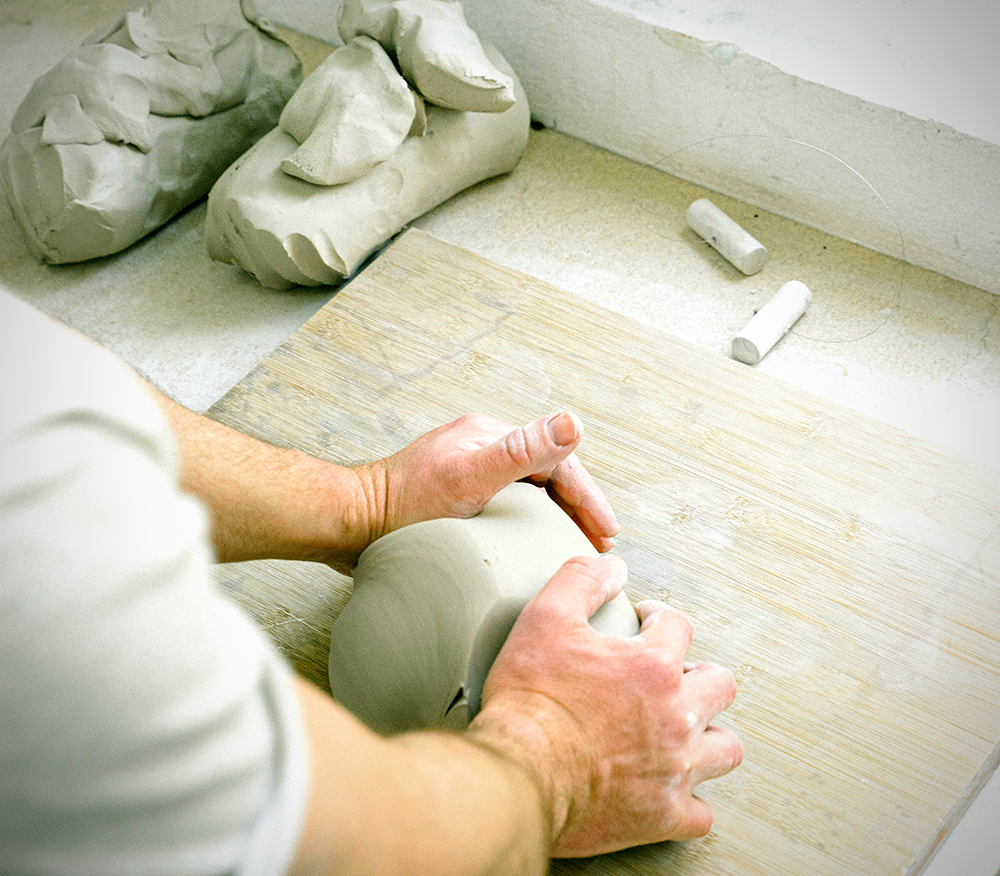
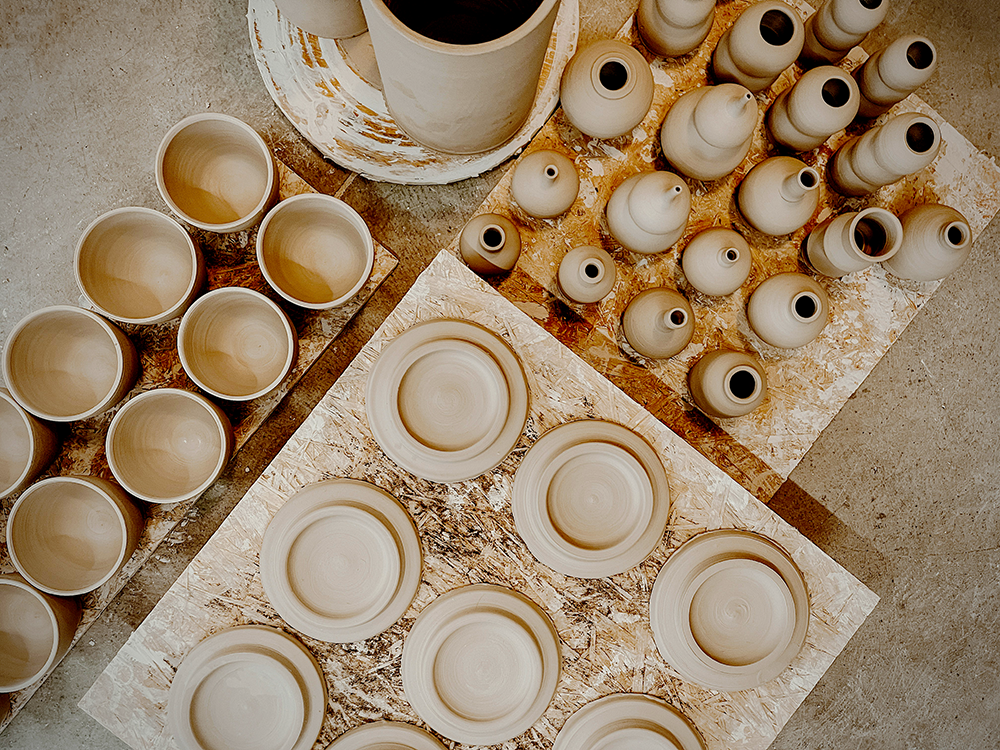
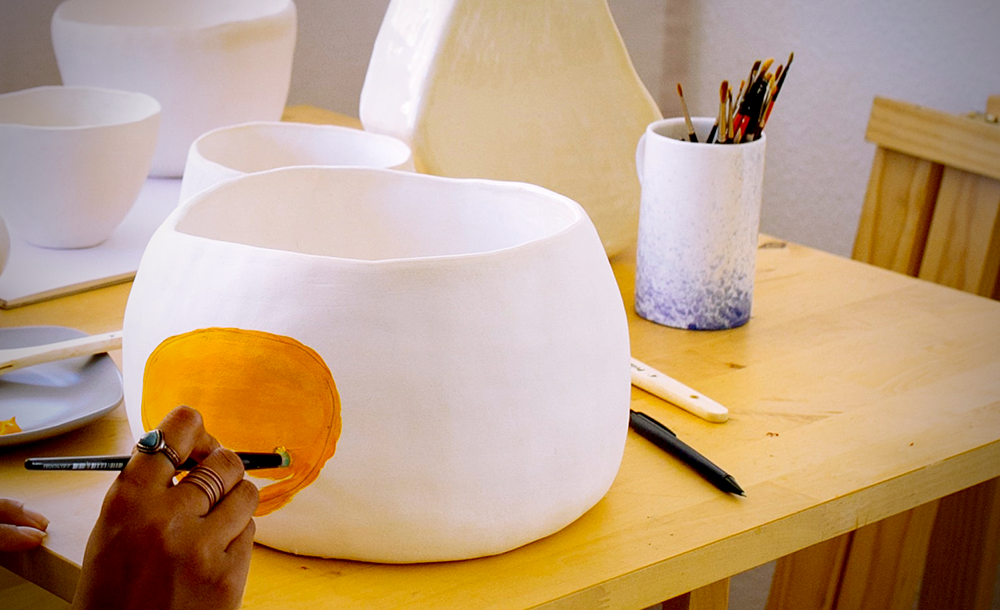
The Best Pottery Wheel for You
So, what is the best pottery wheel for your projects?
After hours of research, reading thousands of Amazon customer reviews, we’ve found the top picks for all levels of artists, students, and hobbyists.
Whether you're a professional potter, a newbie just starting out, or somewhere in-between, there is a perfect pottery wheel for your next project or hobby!
Hopefully, our findings have made the decision process easy and have given you what you need to make an informed decision, so you can walk away happy and start creating!
Whichever wheel you choose, we hope you have a blast creating pottery!
Don't forget to tap the button to check Amazon for the best prices on pottery wheels!
Thanks for reading and here's to your awesome, new ceramic projects!
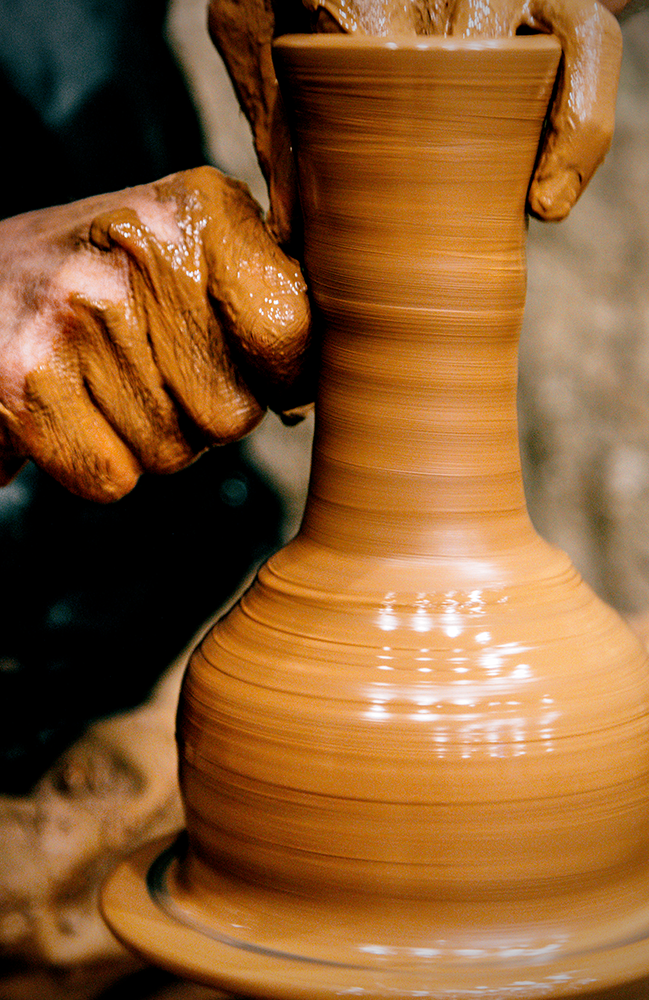
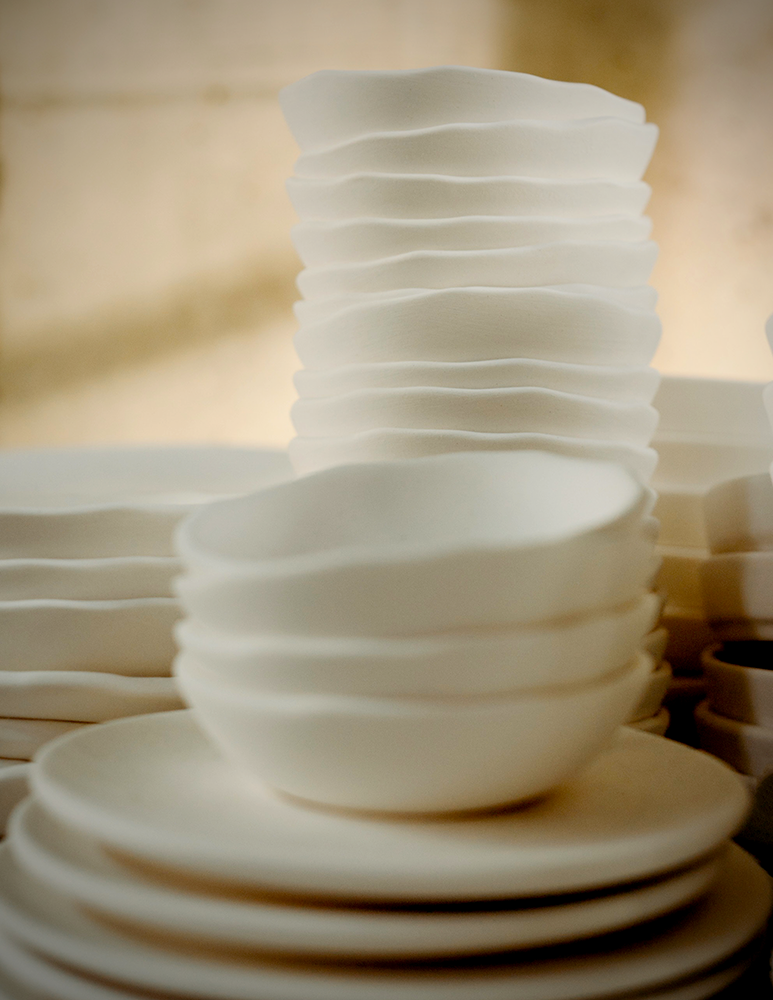
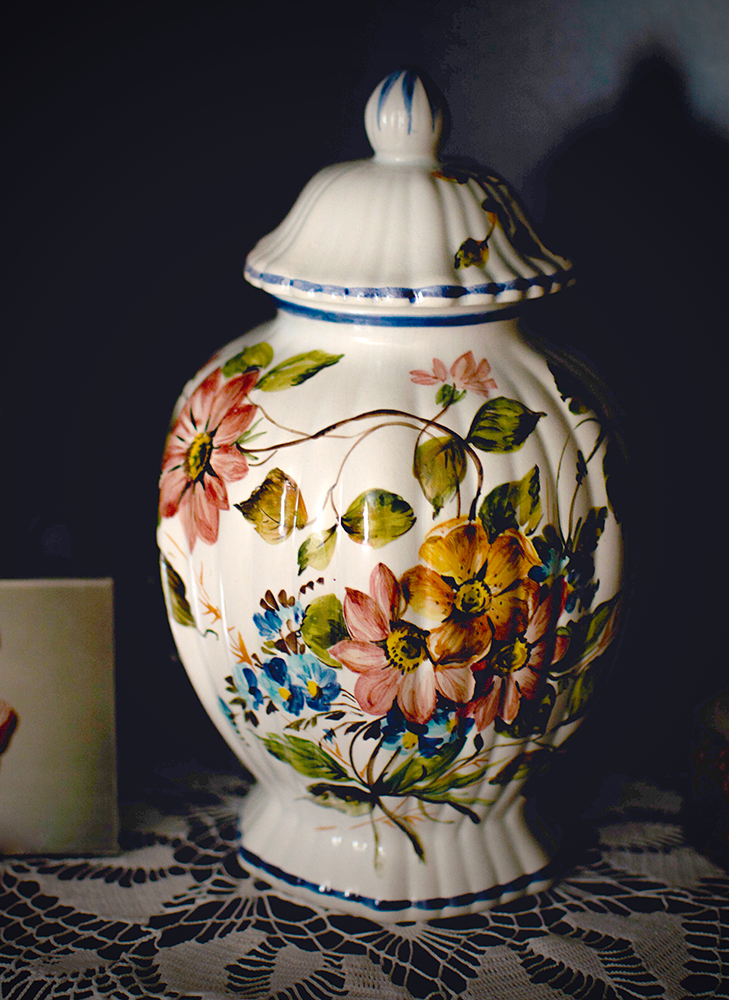
Learn about throwing on your pottery wheel with Florian Gadsby's video!
If you'd like to see artwork I've made, you can find some at Redbubble, TeePublic, and TeeSpring.
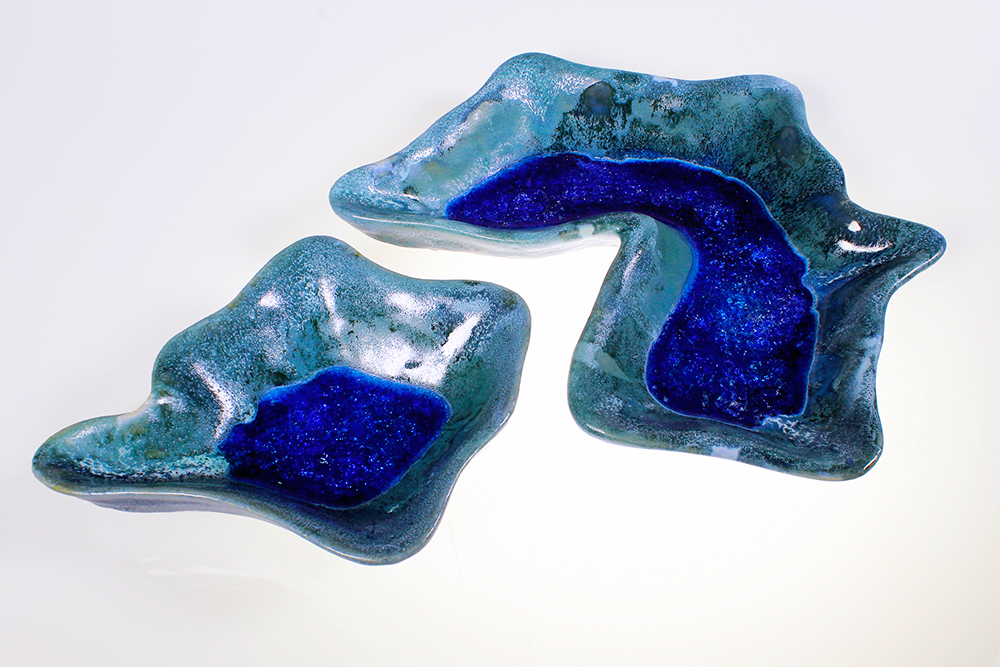
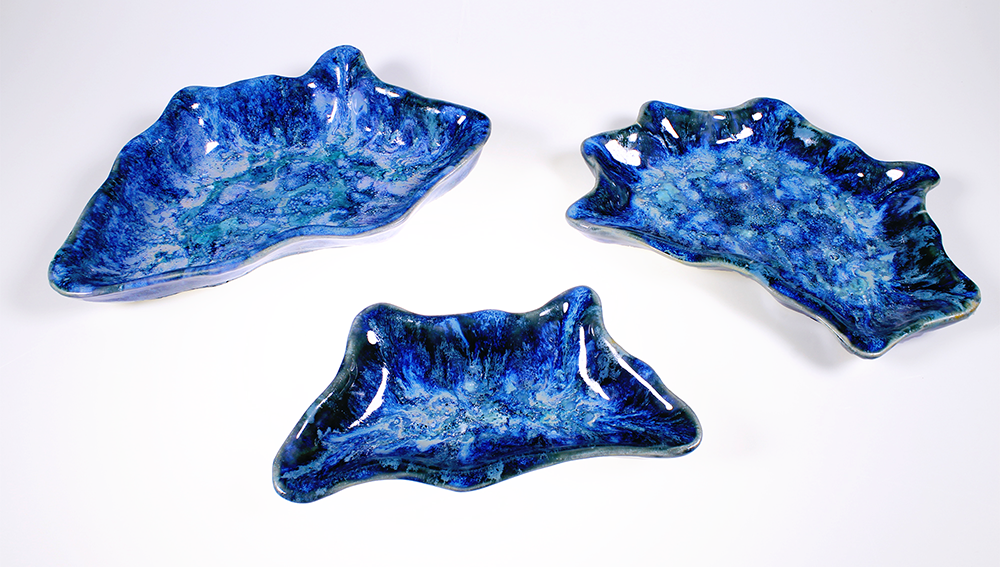
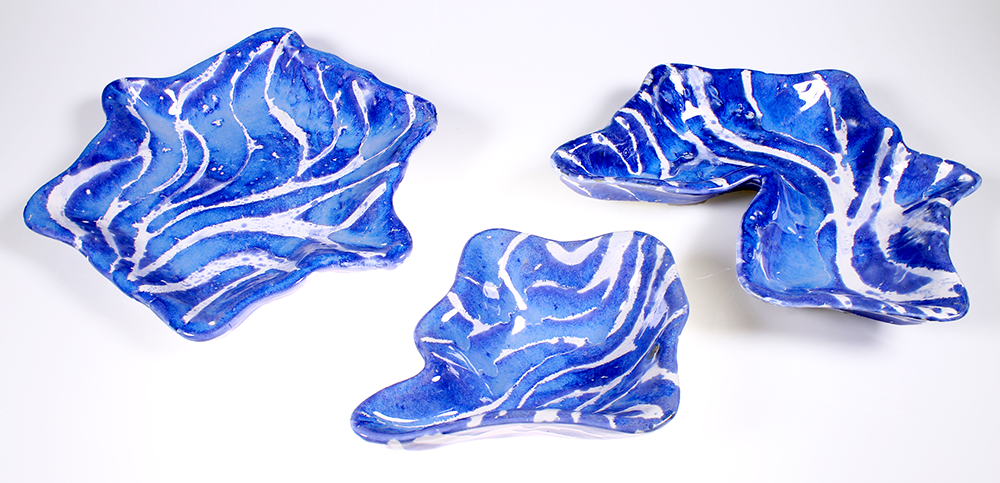
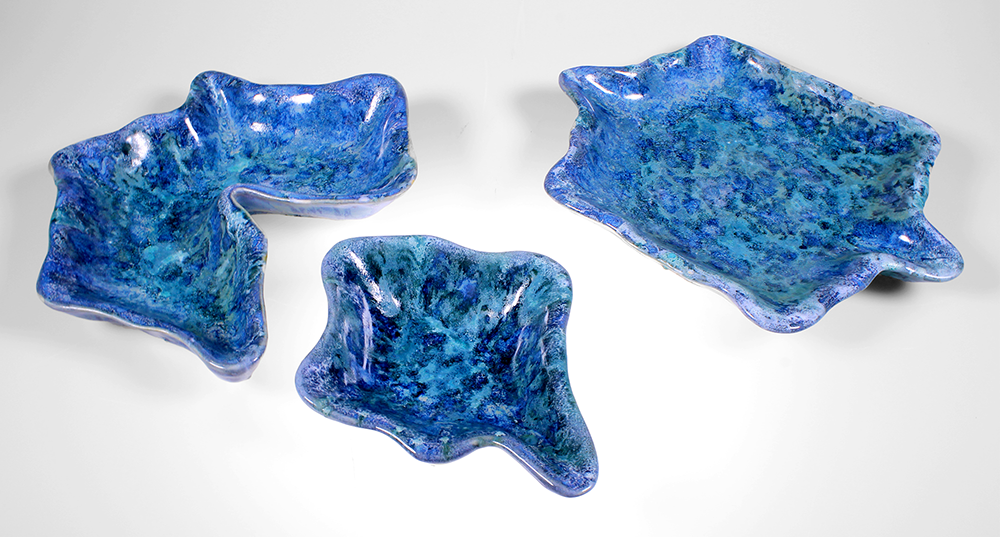

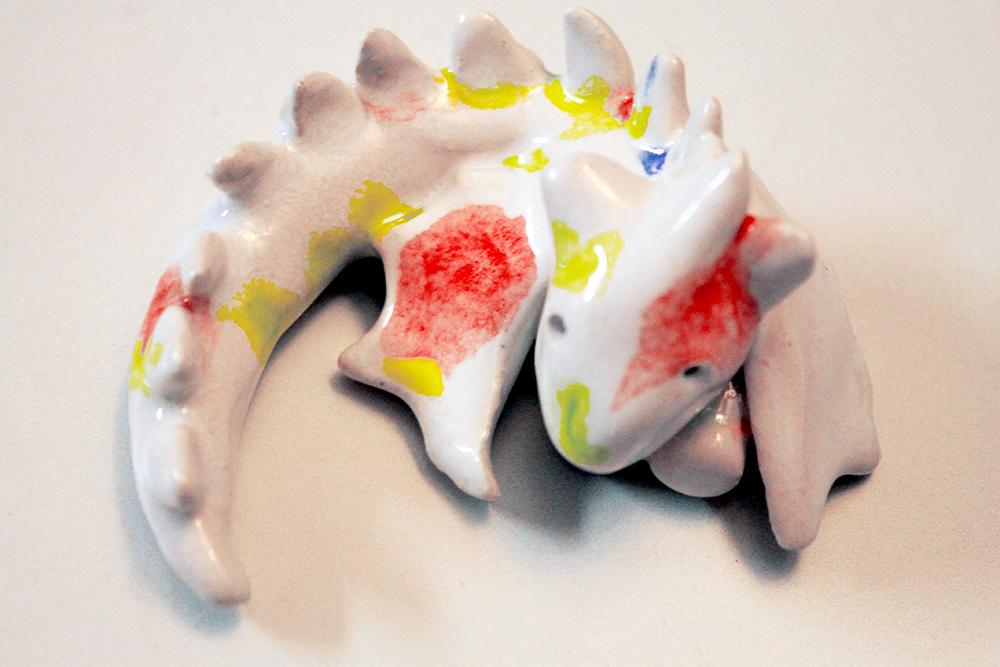
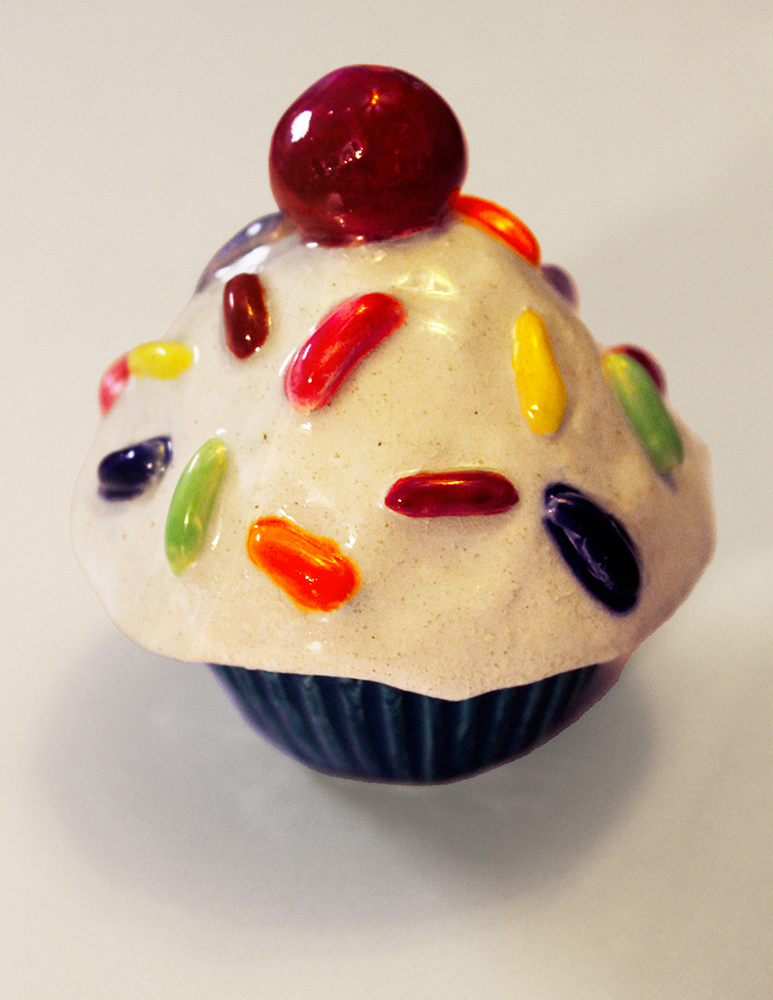

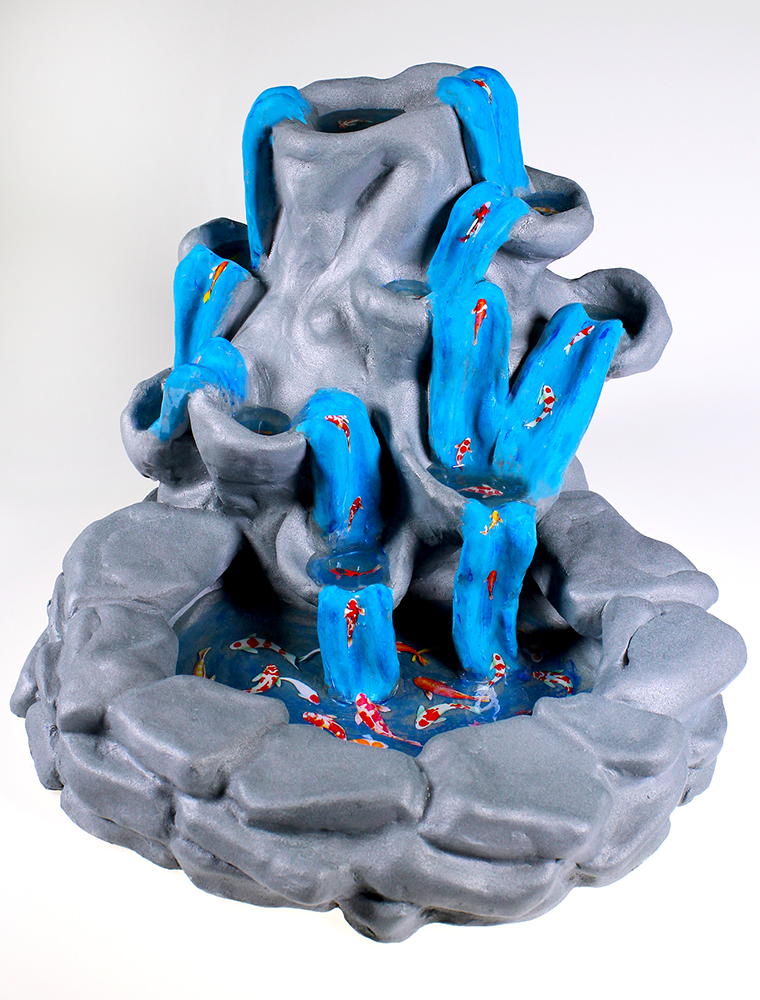
And if you'd like to have a great soundtrack while working on art projects, like I do, you can get a 30-day free trial of Amazon Prime Music or Two Free Audiobooks from Audible Plus!
I love listening to a good book or awesome music while immersing myself in the creative process!
And if you want to take advantage of 2-day shipping, get a free 30-day trial of Amazon Prime!


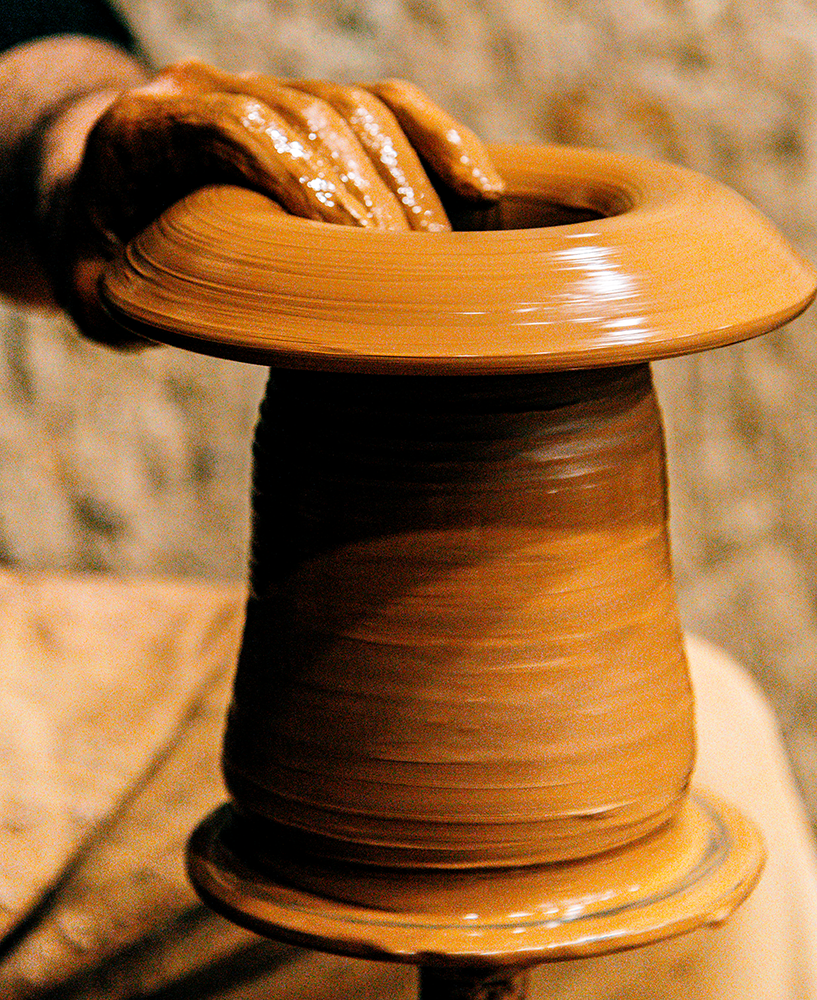
Want even more content about creativity and art?
Be sure to check out all of our creative chronicles!
If you're serious about ceramics and pottery, check out our ceramic articles:

